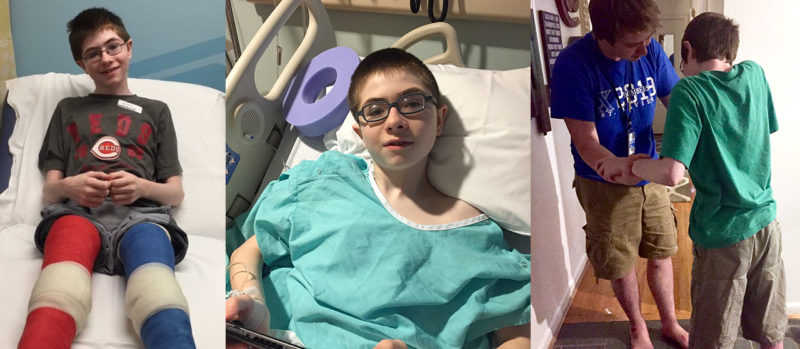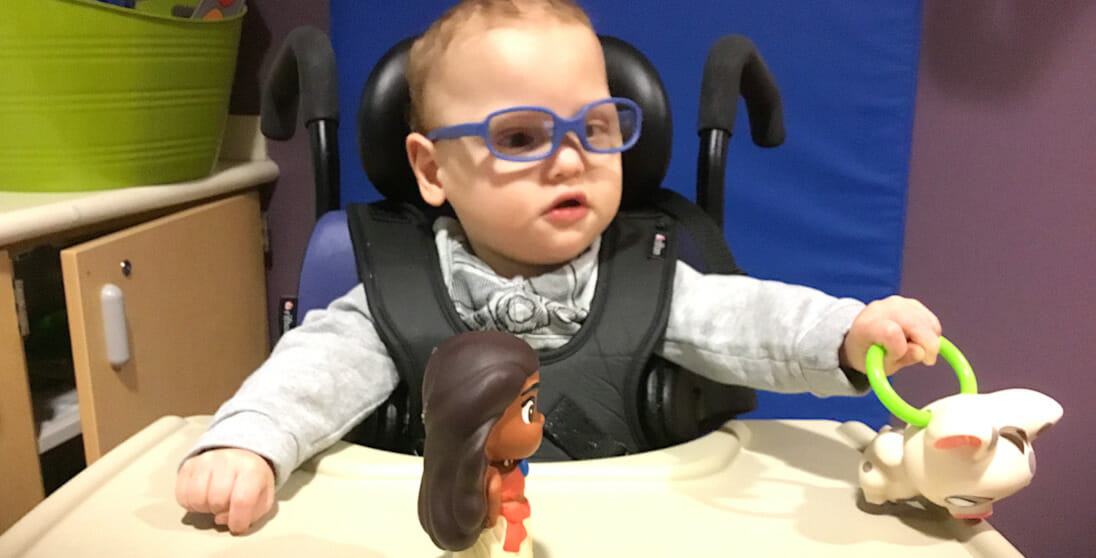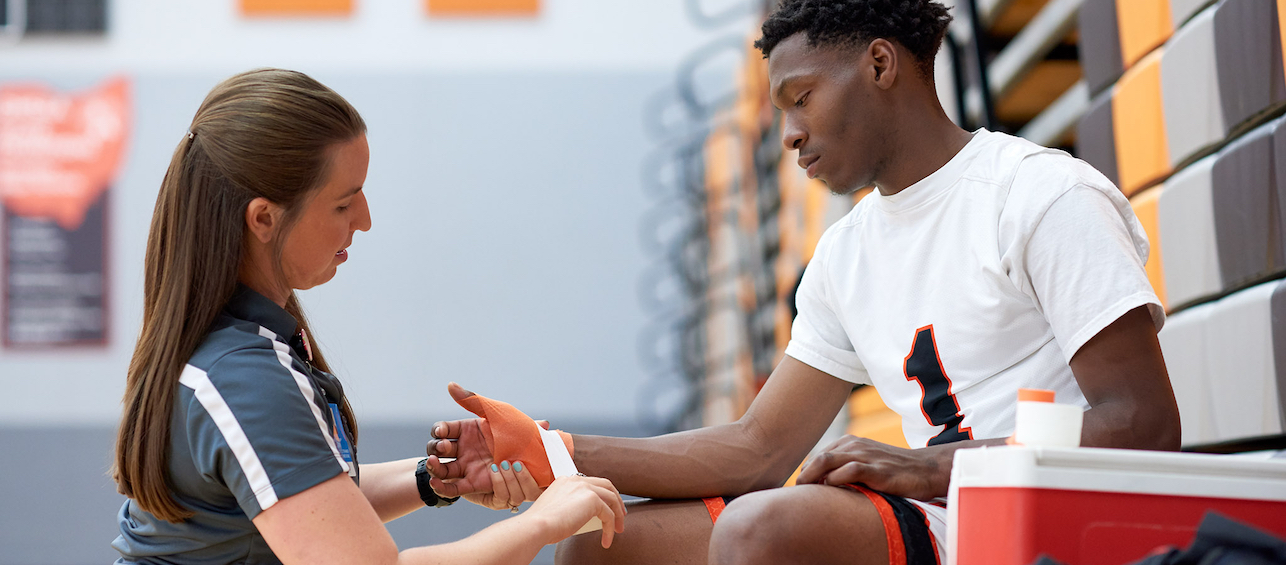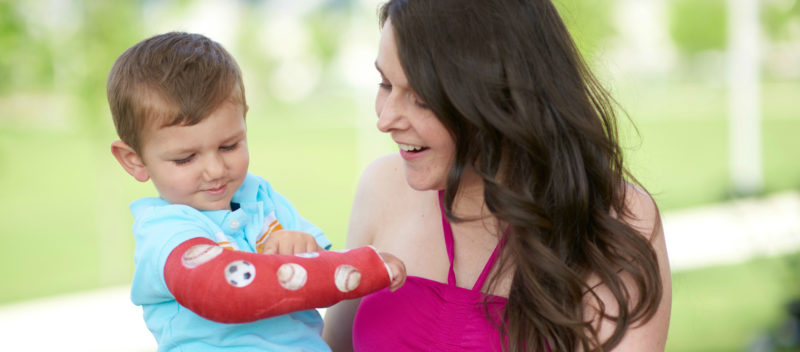I always knew my son, Ethan, would need surgery. It’s pretty common for kids with cerebral palsy to need orthopedic surgery at some point in their lives.
He has mild to moderate cerebral palsy and we tried to avoid surgery for as long as possible. But around the fall of 2016, he began to lose mobility and his stamina decreased. His legs had 45-degree muscle contractures in them, which was making his knees significantly bent and walking with a crouch gait. He couldn’t straighten his legs at all. As a 7th grader, he needed a walker to get around and wheelchair whenever we went somewhere that required lots of walking.
In the video below, he’s walking without a walker to receive an award, but you can see how bent his knees were.
Choosing a less invasive procedure
For his quality of life and functionality, we knew the time had come for orthopedic surgery. There were two choices: guided growth of the knee (also called serial casting and anterior hemi-epiphysiodesis), which is a much less invasive procedure, or a bony osteotomy and tendon transfer, which required a much bigger surgery and involved moving the knee cap.
With his surgeon, Dr. McCarthy, we chose the less invasive procedure. We knew that the recovery period would be significant, but we opted to do it in the summer so that he would have time to recuperate before school started again.
He had the procedure in June 2017 and it involved cutting some tendons and muscles in the back of the legs, above the knee. Then they put screws in the growth plate in front of the bone below his knee. That way when it grows, it won’t grow in the front and will prevent him from crouching. Following surgery, they casted both of his legs to keep them straight. After two weeks, they cut a hole in the back of the casts and placed wedges in there to make his legs straighter. He was in the casts for six weeks.
Realistic Expectations Following Surgery
I’m going to be honest, the recovery period following surgery was more significant than I had mentally prepared for. But it was totally worth it. After the casts came off, he was in a wheelchair full time. He had to wear immobilizers 24-hours a day to help keep his legs straight. This lasted for about six weeks.
Then the hard work took place. He had to relearn how to walk again. And regain all of his strength. It required lots of physical therapy both in the office and at home. Fortunately for the both of us, Ethan has a lot of grit. It was tough and messy and humorous. Picture me trying to lift my then 13-year-old son, who is just as big as me, into the car. And we went high tech for our communication methods – he would bang a frying pan with a wooden spoon whenever he needed something from his room.
Celebrating the Milestones
You don’t normally get to celebrate these types of milestones with teenagers. There were many magical moments, such as when he was able to stand by himself. Walk with a walker. Walking unassisted. Getting up and down steps. Being able to get his own drinks and food. Bathing by himself. We celebrated them all.
I took this video of the first time he walked around the house on his own. It was Christmastime, six months after surgery.
Ethan One-Year Post Surgery
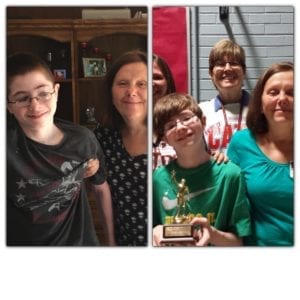
I am in awe and feel extremely blessed for where Ethan is now versus before surgery. He essentially had lost his ability to walk and now he can fully bend his knee, straighten his legs without knee contractures, and is walking without a walker. He’s not at a place yet where he can run, but I feel pretty positive that he’ll get there. He’s also now five inches taller than he was before surgery. You can see the difference in the photos to the right. And his gait, which was evaluated in the motion analysis lab, is now near typical.
Like many kids with cerebral palsy, Ethan will be fighting for his mobility for the rest of his life. But I’m hoping he’ll only have to have this one surgery. He will continue to have to do things like physical therapy and strengthening exercises, as well as wearing his immobilizers at night.
We feel incredibly fortunate for where he is right now and what he’s accomplished. It’s like he’s been made whole again.
To learn more about orthopedic care at Cincinnati Children’s, or to schedule an appointment, please call 513-636-4785 or email orthocomments@cchmc.org.

